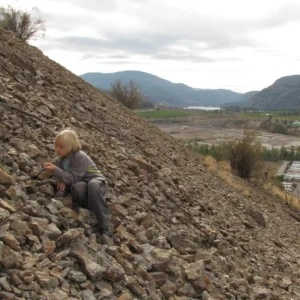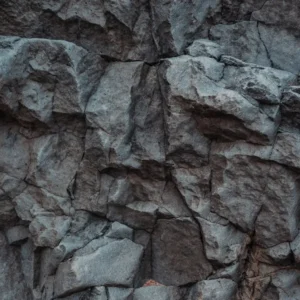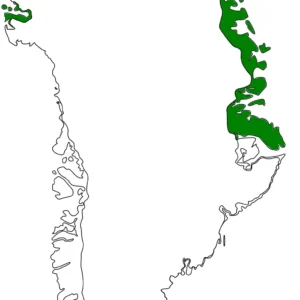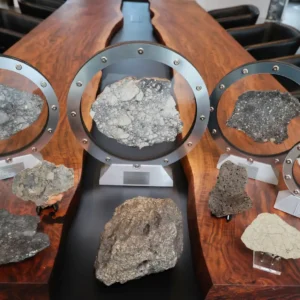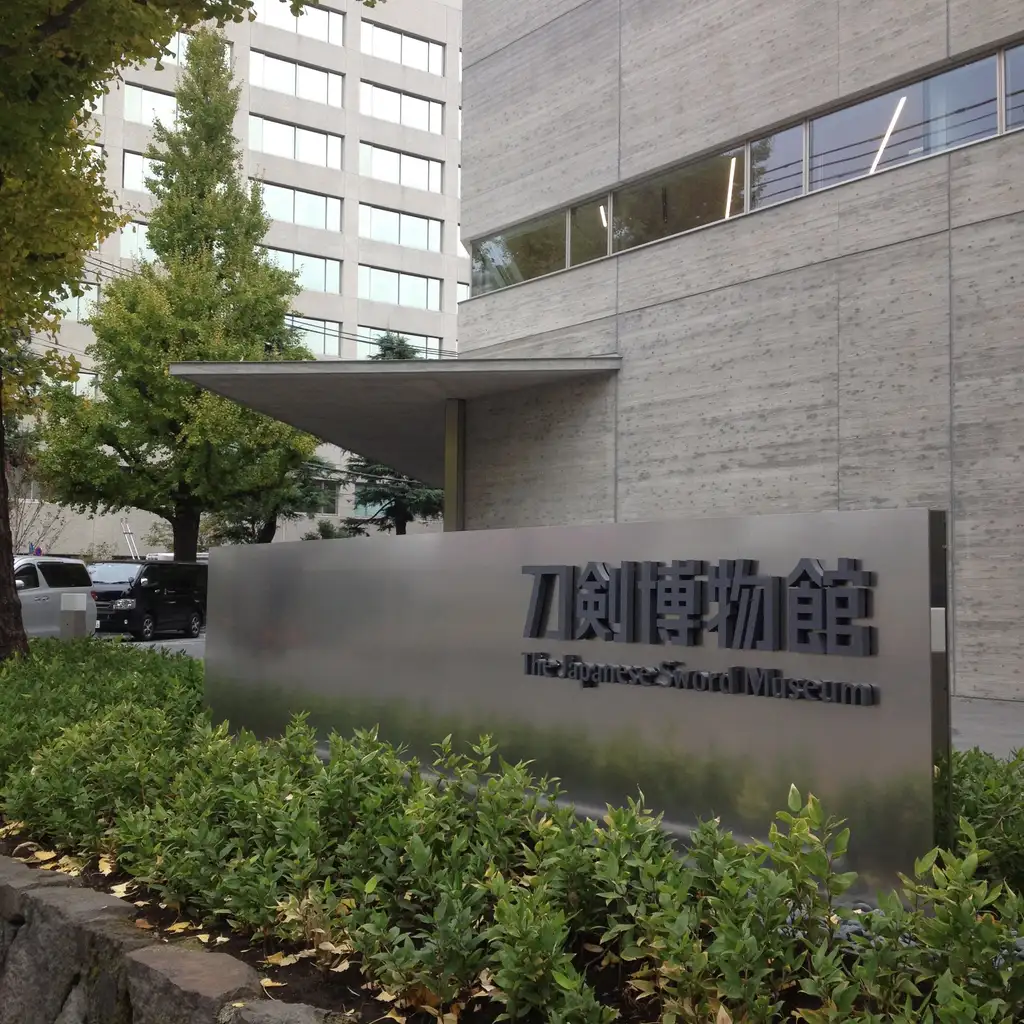A recent Geoscience BC study sampled treetops for halogen elements to detect underground mineral deposits. The study, “A Geochemical Investigation of Halogens in Spruce Treetops and Integration with Existing Multi-Element Data,” investigates how tree-top samples could be analyzed for halogen elements to determine the presence of mineral deposits or changes in geology below ground.
“Our research wanted to see what we can pick up without ever having to put a shovel in the ground or get people on the ground,” Christa Pellett, vice president of minerals at Geoscience BC, explained. “By collecting these samples from treetops, we wanted to know what we can learn about the geological structure beneath the surface, about the changes in geology, and if we can pinpoint where the industry might be interested in doing more mineral exploration work.”
Geoscience BC used samples from 400 spruce trees covering a 1,000 square-kilometre area near the Blackwater deposit in central British Columbia. The samples, taken from the side of a helicopter, had been collected in 2015 as part of Geoscience BC’s TREK regional biogeochemical survey. The result of the analysis found that the presence of certain halogen elements provided an indication of potential for mineral deposits.
The organization worked on the study with ALS Laboratory Group, which developed a proprietary technique for testing halogen samples. According to Colin Dunn, the lead researcher of the study, the process starts by taking a small amount of sample material, usually about 50 grams, and reducing it to ash in a furnace over 24 hours.
“The material has to be reduced to ash because there are many analytical interferences caused by the organic material,” said Dunn. “The only practical way around that problem is to reduce it to ash to eliminate the organics, and thereby concentrate the elements.”
Once the material is reduced to ash, weighing only a couple of grams at this point, it is digested in hot water, put through a leach aid, and aspirated through inductively coupled plasma mass spectrometry (ICP-MS). ICP-MS is a process which measures the spectrum of light and matter in materials, such as minerals and metals. In this instance, ICP-MS is used to detect whether there are halogen elements, such as chlorine, bromine, and iodine in the sample material.
Halogen elements are often found in mineral alteration and gangue minerals associated with mineral deposits and over time move into the surrounding material such as soil, water, and vegetation like trees. Once halogen elements have migrated to these surface areas, they are easier to detect and may indicate ore deposits nearby.
“It’s a really great way that potentially a company can go in, examine a big area without having to be on the ground and drill it,” Pellett said. “These results show that although more work needs to be done, this method does give you a bit of insight into what the geology is like below the ground.”
Dunn expressed his vision for future advancements in the method. “What I
A recent study by Geoscience BC explored the potential of analyzing spruce treetops for halogen elements as an innovative method for detecting underground mineral deposits. Titled “A Geochemical Investigation of Halogens in Spruce Treetops and Integration with Existing Multi-Element Data,” the study aimed to assess whether samples from treetops could reveal underlying geological formations and mineral-rich areas without disturbing the ground.
According to Christa Pellett, Geoscience BC’s vice president of minerals, the project sought to determine what could be learned about subsurface geology by collecting samples from the air. “By using treetops, we hoped to gain insights into geological changes and areas worth exploring without needing to set foot on the ground,” Pellett explained.
For the study, Geoscience BC sampled 400 spruce trees across a 1,000-square-kilometer area near the Blackwater deposit in central British Columbia. These samples were originally collected in 2015 from helicopters as part of the TREK regional biogeochemical survey. Analysis showed that specific halogen elements in the treetops correlated with mineral deposits below, making it a promising method for mineral exploration.
The study was conducted in collaboration with ALS Laboratory Group, which developed a specialized technique for analyzing the samples. Colin Dunn, the study’s lead researcher, described the process: a small amount of sample (about 50 grams) is first reduced to ash in a furnace over 24 hours to eliminate organic matter, which could interfere with results. The resulting ash is then digested in hot water and analyzed using inductively coupled plasma mass spectrometry (ICP-MS) to detect halogen elements such as chlorine, bromine, and iodine, which are indicators of nearby mineral deposits.
These halogens, often found in mineral-altered soil and vegetation, tend to migrate into trees, making them easier to detect and potentially signaling ore deposits nearby. “This method allows companies to examine large areas from above, saving time and resources,” Pellett noted, emphasizing that the approach still requires further development but offers valuable insights into subsurface geology.
Dunn sees potential for even greater efficiency in the future. “Ideally, drones could be used to collect samples from the forest canopy, reducing the need for helicopters,” he said. Currently, companies are testing this method to evaluate its utility in mineral exploration.
The concept for the study was initially submitted to Geoscience BC in 2018 as part of their call for research proposals. The full report is accessible on Geoscience BC’s website, adding a new tool to the prospector’s resource kit.
across the forest canopy and taking off a small amount of some of the upper side branches to be brought back for analysis, rather than go to the expense and trouble of having a helicopter-mounted survey.”
“There are companies trying out this analytical method right as we speak, to assess its use in their exploration programs,” Dunn added. “It’s another tool to add to the prospector’s toolbox.”
The idea for the study was submitted in the fall of 2018 as part of Geoscience BC’s call for research proposals. The report is available online on the Geoscience BC website.

